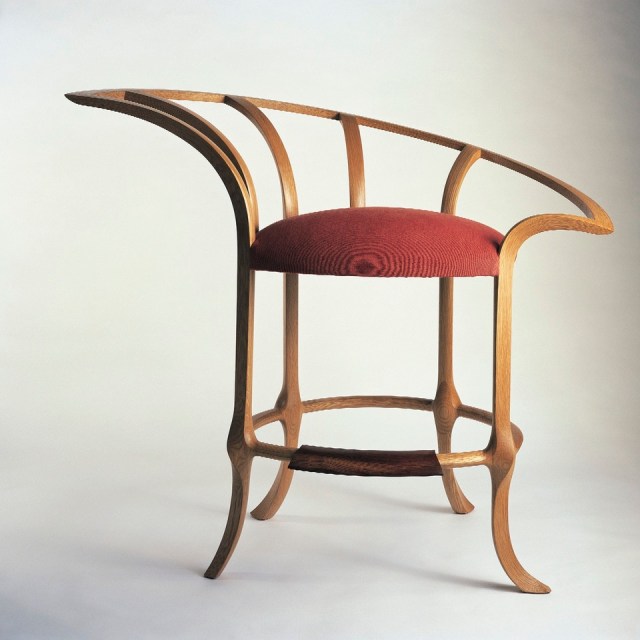During the last couple months, Katherine and I have revamped her soft wax business to fix some problems and improve the overall product. And today, she is ready to ship out a big batch of 8 oz. glass jars of soft wax made using a waterless process.
If that’s all you need to know, click here to visit her etsy page. If you’d like to know more about the changes, read on.
After selling hundreds of tins of the stuff, we listened to customer feedback and the few problems and complaints that came up. Here’s what we heard:
Problem: There was some rust in the bottom of the tin.
At first we were making the wax in a slow cooker that was aided by a water bath – each batch took two hours to complete. If the heating process took too long, then water would condense on the lid, and a little would drip into the wax. The water would end up at the bottom of the tin and rust.
Solution: New process and jars
We devised a different manufacturing process that uses no water. We rapidly heat the solvents in a temperature-controlled glass kettle-like device (it takes only two minutes) and then add that to the wax. It quickly melts the wax. This change does two things: There is no time for a significant amount of water (even from the atmosphere) to get introduced to the process. Second, there is a lot less time dealing with hot solvents, which is safer.
Second, we eliminated the tins. They looked cool and vintage, but the lids didn’t screw on and they would rust. We switched to a cosmetic glass jar with a metal screw-on lid. The interior of the lid is coated with a waxy and sticky substance to lock the lid during transit and prevent the lid from rusting.
Problem: Katy ran out of wax all the time
Solution: Use bigger jars and buy beeswax in bigger volume
We now use 8 oz. jars instead of 4 oz. tins. Because we sell by volume (not weight), you actually will receive about three times the volume of wax that we shipped in the tins. There is more room in these jars, and they can be filled much closer to the brim.
The retail price of these new 8 oz. jars is $24, which is twice the price of the 4 oz. tins. And you are getting way more wax. How did we do this? We bought beeswax in volume.
Earlier, Katy was buying wax in 8-pound increments. However, we decided to bite the bullet and buy a 55-pound box, which cut the per-pound price in half.
(Have I mentioned that Katy is learning a lot about economics with this business?)
There are lots of other improvements – a new Indestructo box and live shipping rates. You pay exactly what it costs to ship the jar.
If you would like to order a jar, here’s the link. Thank you for your patience as we made these improvements.
— Christopher Schwarz





 Also, like all our digital products, we offer it without DRM (digital rights management). So you can easily integrate it into your personal library without passwords or having to be connected to the internet when you read it.
Also, like all our digital products, we offer it without DRM (digital rights management). So you can easily integrate it into your personal library without passwords or having to be connected to the internet when you read it.






